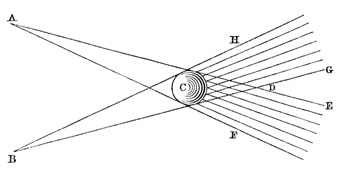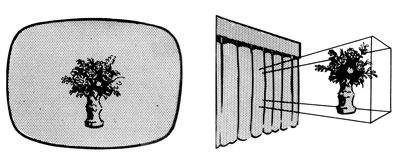
Deficits in stereo vision are well known. If, for instance, a person is born with strabismus (a crossed or turned eye), and does not have this condition corrected until adulthood, they may never recover the ability to see depth from stereo vision. However, the converse problem, heterostereopsis, is not nearly so well known. In heterostereopsis, there appears to be hyperactivity of the neural circuitry in the primary visual cortex and in nearby extrastriate visual areas, the very circuitry that is normally engaged in constructing our perceptions of depth. As a result, those who suffer from heterostereopsis are unable to see any part of their visual world as flat. Everything appears vividly three-dimensional, even images and objects that the rest of us see as perfectly flat and two-dimensional.

One can get an idea of this condition by one's own experience with photographs or photo-realist paintings, which offer a fairly compelling experience of depth. But for those suffering from heterostereopsis, any image with even a mere hint of depth leads to an experience of three-dimensional solidity that is indistinguishable from rest of the subject's environment. Despite the fact that most images are in reality perfectly flat and bounded by the frame of the screen or the page, a heterostereoptic patient will perceive these images as solid three-dimensional scenes unbounded by their supporting surfaces, even imagining that objects in this scene can occlude real objects behind them. In fact, areas V2 and V5 of the patient's visual cortex are continuously and actively constructing dynamic holographic views of the scene, no matter how little depth information is actually contained in the image.
Predictably, this leads to difficulties in visuo-motor coordination, as the heterostereoptic patient lives in a world augmented with phantom objects and people. Heterostereoptic sufferers must move deliberately and carefully, constantly compensating for the compelling - yet incorrect - depth information that they cannot help but see.